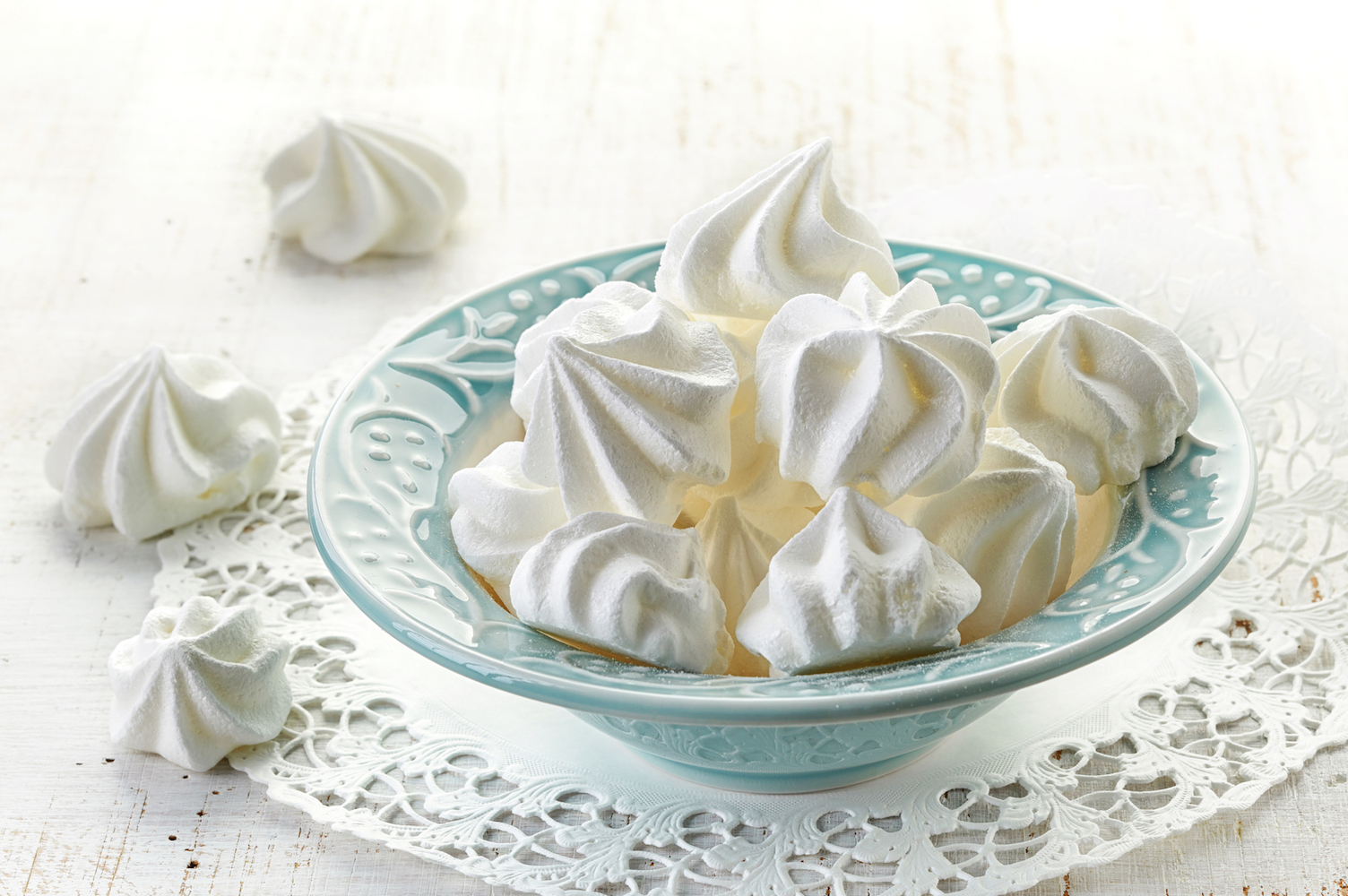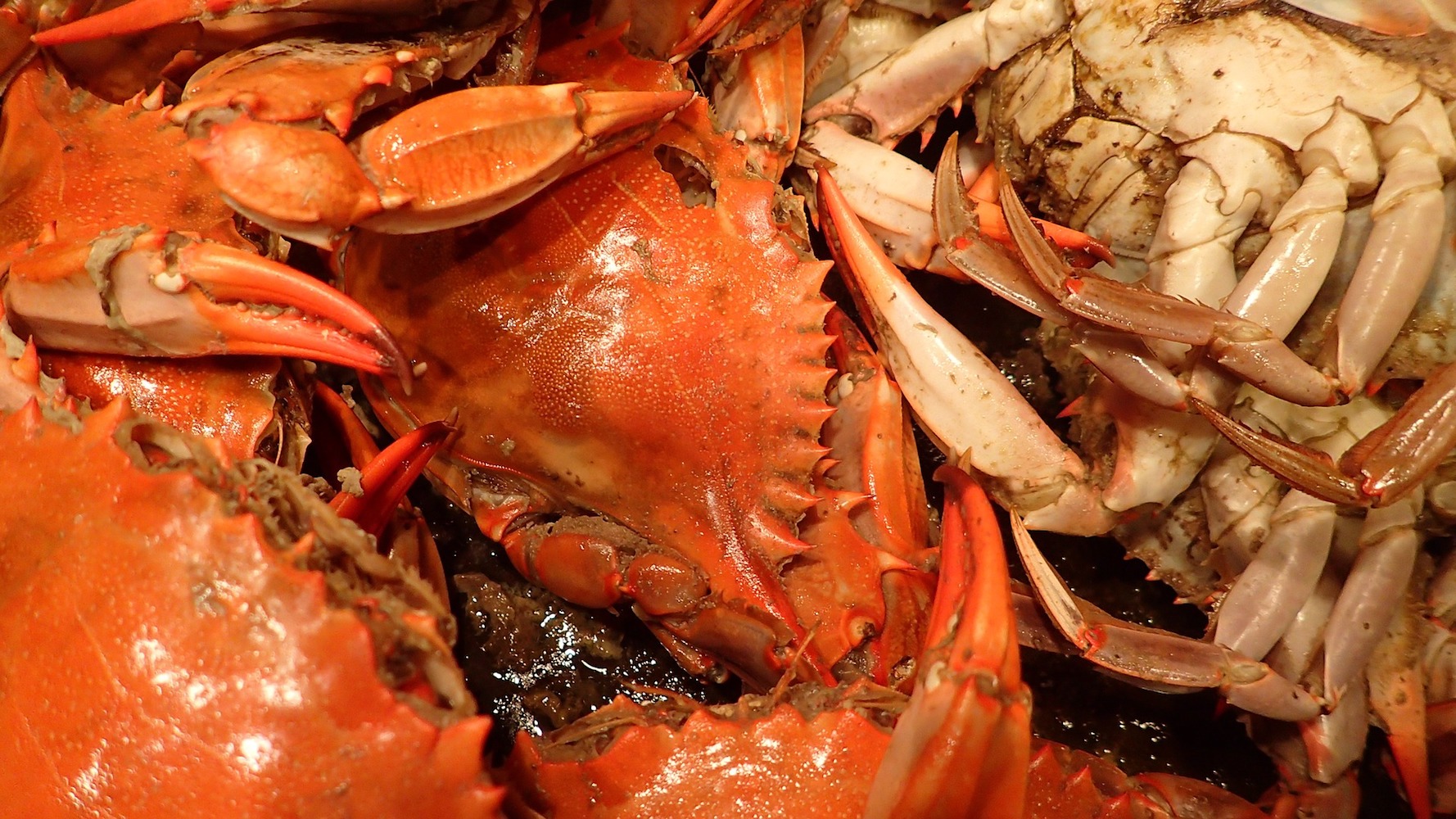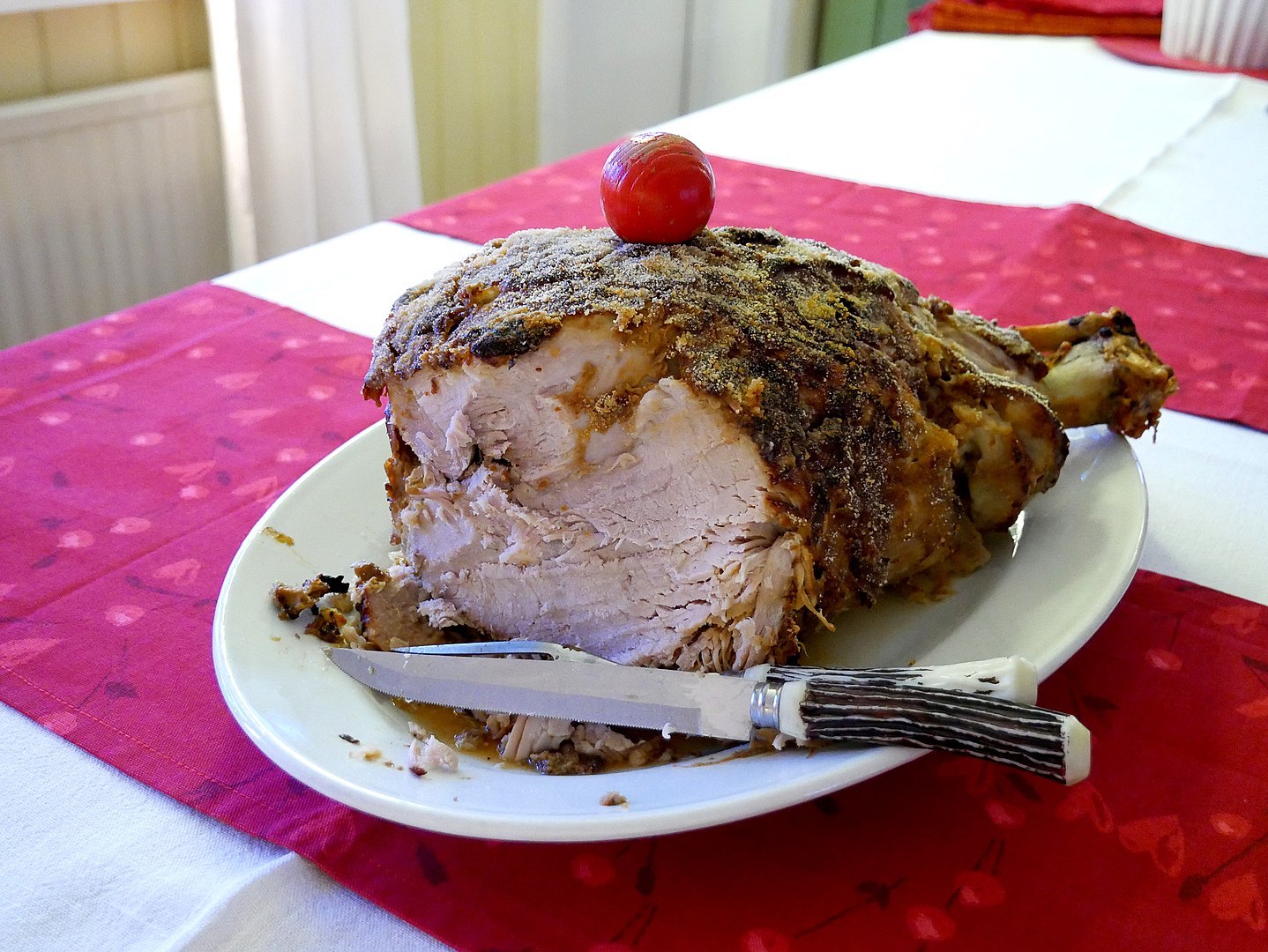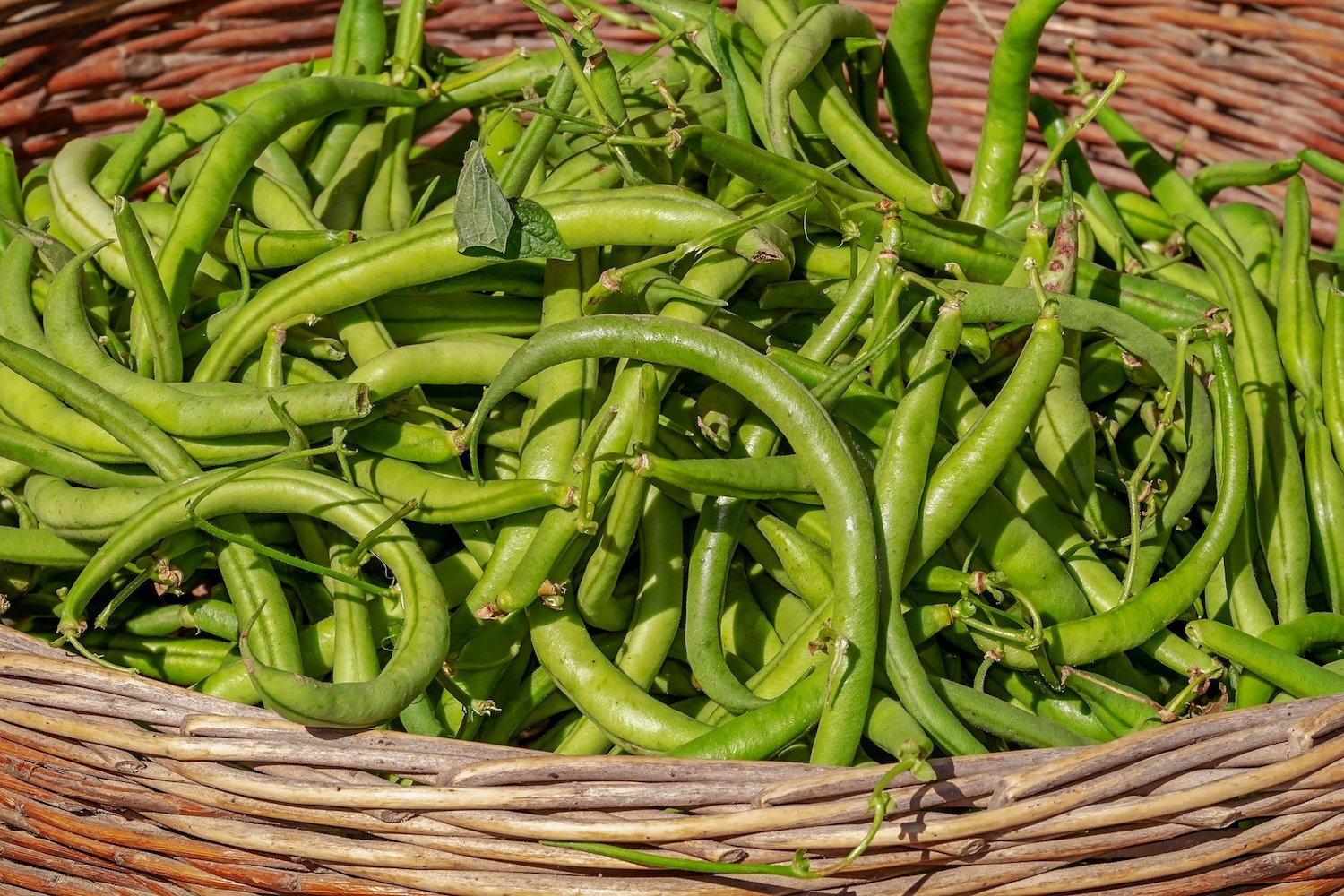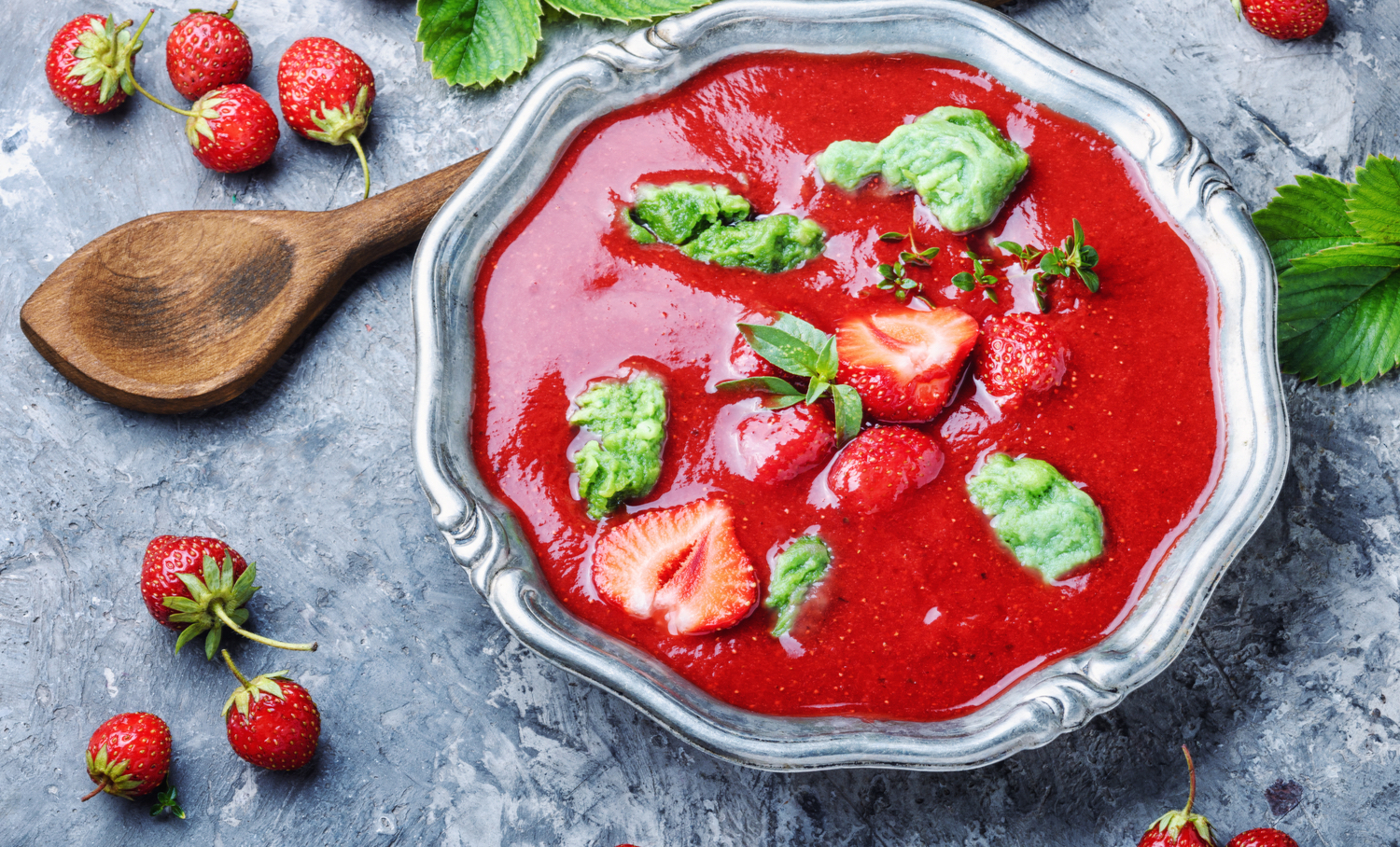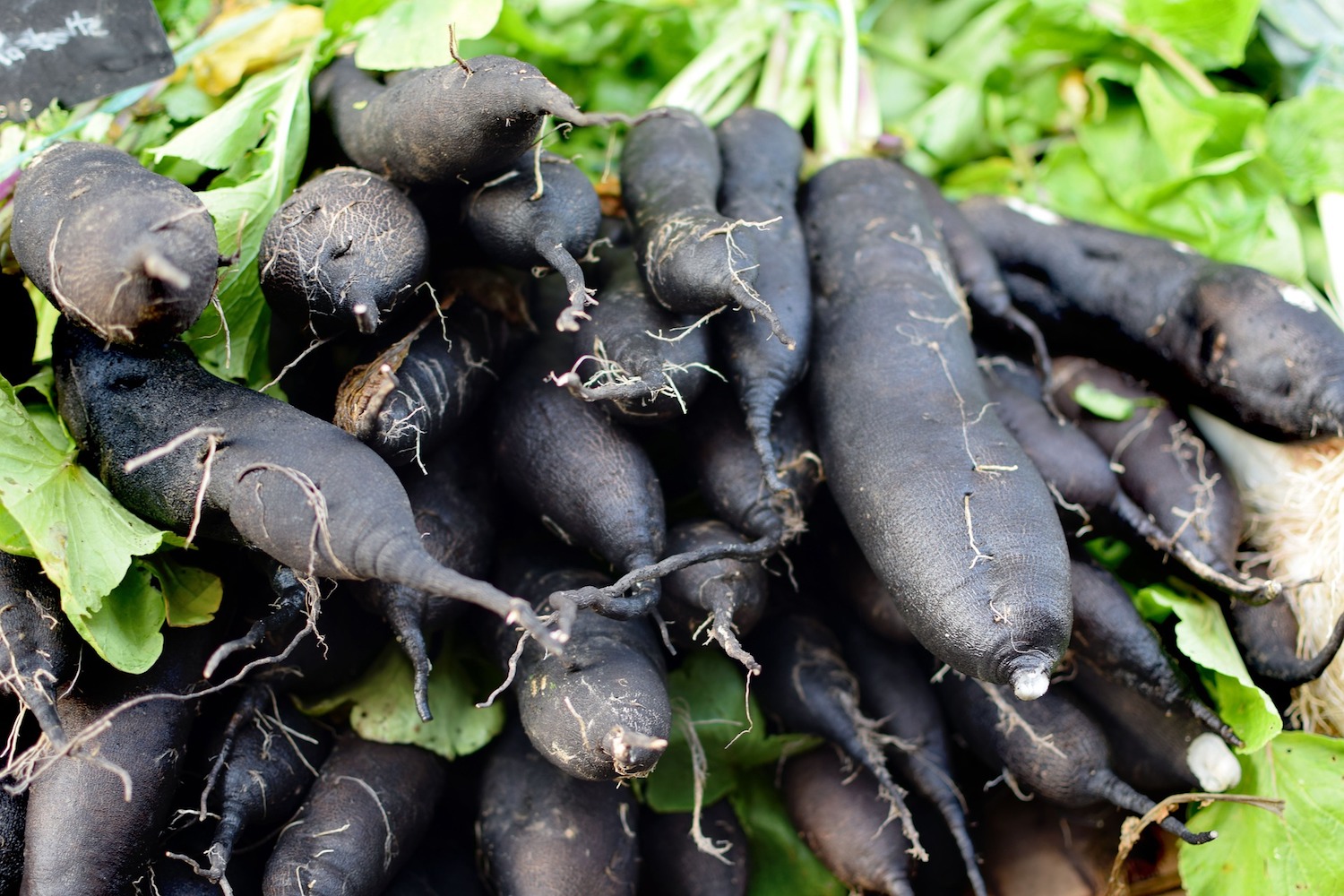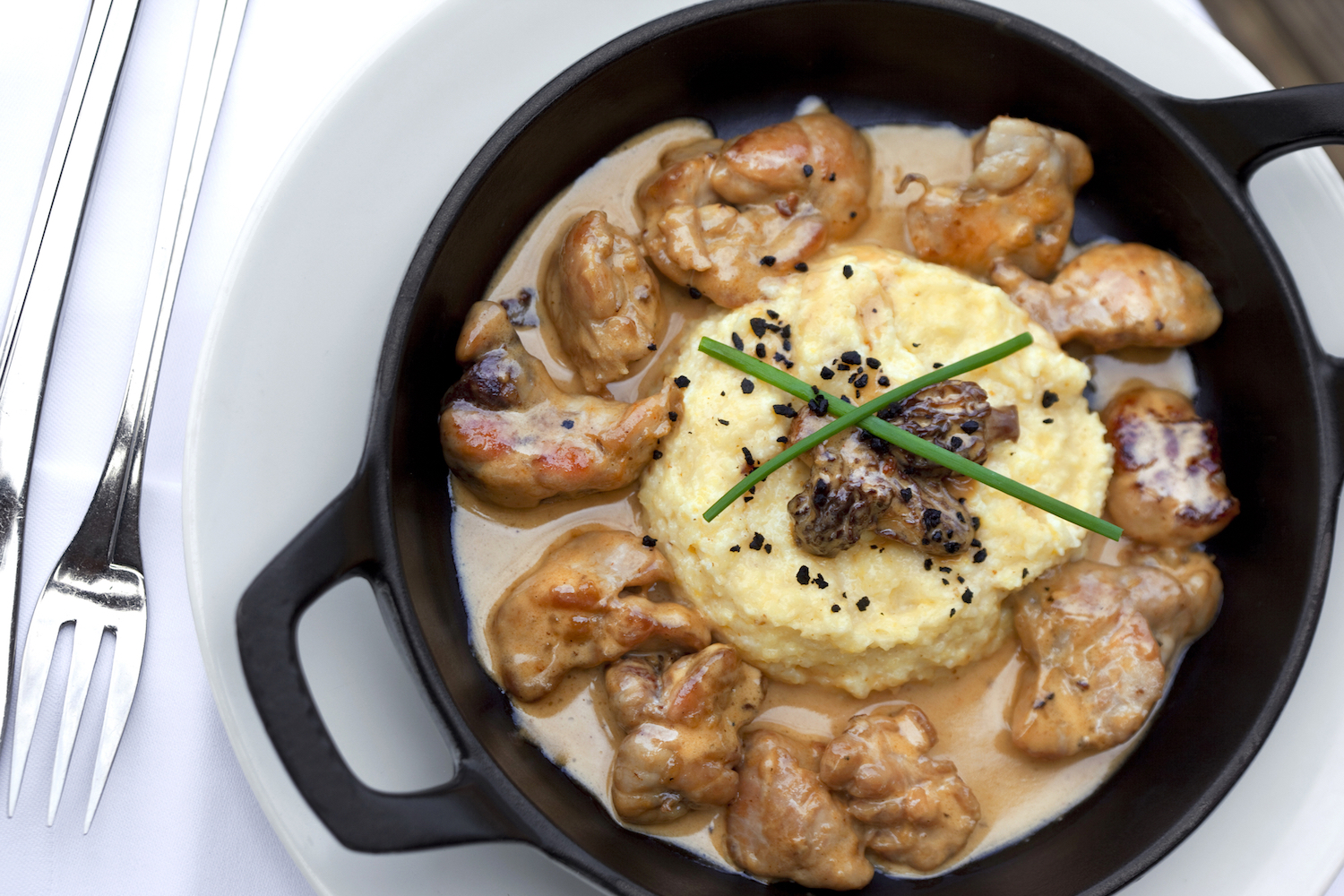Breaking and Separating Eggs
I never thought much about cracking eggs, since I’ve never used a recipe where I needed to separate the yolk from the white. But it’s especially important not to allow any of the yolk to mix with the whites for recipes such as meringues, soufflés, or any egg whites that need to be whipped. INFORMATION BELOW FROM 1800s COOKBOOKS: TO SEE THAT EGGS ARE GOOD Whenever you break eggs, never mind what quantity, always break each egg separately into a…

